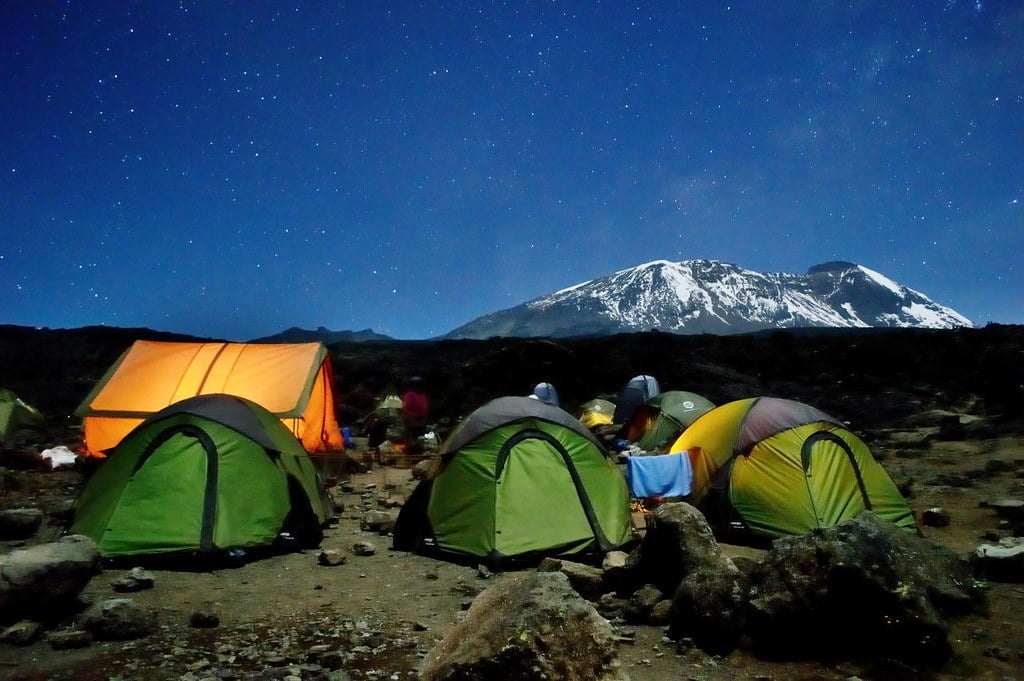For many, the thought of climbing Kilimanjaro evokes a sense of awe and excitement. This iconic mountain has captured the imagination of travelers around the world, and it’s easy to see why—its majestic beauty and unique formation have long been an inspiration for adventurers. In this article, we’ll explore Kilimanjaro’s fascinating history and formation, and learn about the techniques and challenges of scaling this mighty peak.
Discovering Kilimanjaro
Kilimanjaro is one of the world’s most iconic natural wonders. It stands at a staggering 5,895 meters above sea level, and is located in the Kilimanjaro National Park in Tanzania. The mountain’s unique shape and size make it a popular destination for climbers—it’s not only the tallest mountain in Africa, but it’s also one of the highest free-standing mountains in the world.
Kilimanjaro’s formation is equally as unique as its stature. It is made up of three distinct volcanic cones, named Kibo, Mawenzi, and Shira. Kibo is the highest peak, and is formed from layers of hardened lava, ash, and dust. The other two peaks, Mawenzi and Shira, are formed from sedimentary rocks.
The mountain has a deep cultural significance for the local Chagga people, who believed that God lives atop the peak. Consequently, they named the mountain Kilimanjaro, which translates to "Mountain of Greatness".
Climbing to the Top
Climbing Kilimanjaro is no small feat. The mountain can take anywhere from five to nine days to summit, depending on your route and experience level. It’s also important to remember that the altitude can cause issues like fatigue, headaches, and even acute mountain sickness (AMS). This is why it’s essential to be equipped with the right gear and have a guide to help you reach the peak safely.
For those who are up for the challenge, the rewards are great. The summit of Kilimanjaro offers spectacular views—you can take in the vastness of the African landscape as far as the eye can see. On a clear day, you can even see the snow-capped peak of Mount Meru, a dormant volcano located less than 100km away.
At the summit, you’ll also experience a unique climate—it’s much cooler and windier than the base of the mountain. This is because of the unique geography of the area—Kilimanjaro is located close to the equator, but its peak is higher than most other mountains in Africa.
Kilimanjaro is a formidable and awe-inspiring mountain. It’s a challenging climb, but the rewards are great—from the breathtaking views to the unique climate, there’s something for everyone. Whether you’re a seasoned climber or a novice, exploring Kilimanjaro’s formation is sure to be an unforgettable experience.

